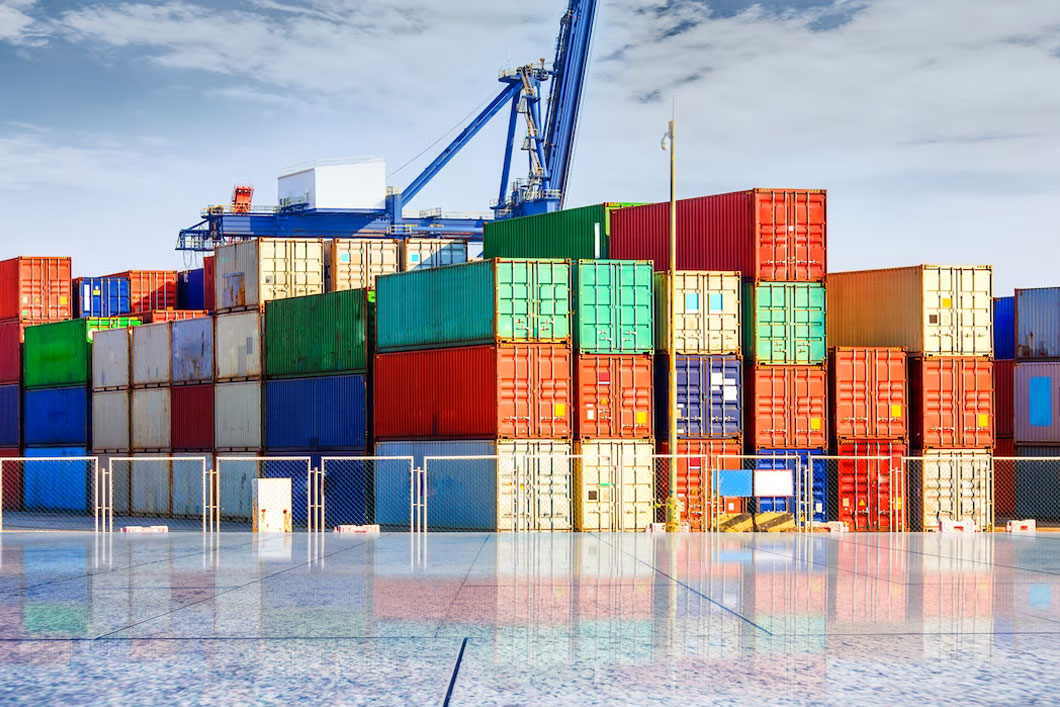
Understanding Reverse Logistics
Reverse Logistics is a concept that many companies in the logistics industry today have tried to define, and is a term that everyone, from the higher levels of management to the self-employed courier driver, should be aware of. Sometimes referred to as Aftermarket Logistics, Retrogistics, or Aftermarket Supply Chain, in simple terms, ‘Reverse Logistics’ refers to what happens to a product or a service after the point of sale.
and is a term that everyone, from the higher levels of management to the self-employed courier driver, should be aware of. Sometimes referred to as Aftermarket Logistics, Retrogistics, or Aftermarket Supply Chain, in simple terms, ‘Reverse Logistics’ refers to what happens to a product or a service after the point of sale.
The goal is to make the most of what happens to the product or service after it has been sold, with the intention that, in the long run, money is saved as well as valuable and important resources.
In essence, Reverse Logistics shouldn’t be mistaken for forward logistics or forward supply chain, which is the opposite process of getting a product or service to market.
Reverse Logistics in Detail
Any operation that is related to the recycling or reuse of materials or services involves Reverse Logistics. Refurbishing, remanufacturing or moving goods via courier driver from their final post sale destination for either disposal, or with the intent to glean more value, are both examples of Reverse Logistics. This concept is becoming increasingly relevant in today’s environmentally conscious world and so related practices at all levels of the industry are important. In fact, the ‘logistics in reverse’ element of the industry is becoming as big a part of the daily functioning of a company, as are logistics going forward.
The process itself involves dealing with surplus stock and any goods that have been returned due to faults or defects. Have you ever thought about what happens to something you have given to a courier driver to return to a company? Once back in the warehouse, the company is obliged to test, dismantle, repair, recycle or get rid of the product - which all imply cost.
Try to imagine that, in the case of Reverse Logistics, the product travels backwards through the supply chain network. Instead of the resource reaching the customer, as in normal logistics, the resource leaves the customer and is returned to the company it was purchased from.
What Types of Activity are Synonymous with Reverse Logistics?
Reverse Logistics include activities such as warehousing, repair, recycling, refurnishing, logistics, and after market call centre support, among others.
Put Simply…
Although the definition is constantly evolving, this scientific process revolves around managing assets in all sectors of the industry, including the high tech industries, Legal Services, Human Resources, Operations and those that employ courier drivers. Any time that finances are extracted from the Warranty Reserve or Services Logistics budget of any company, the reason can be put down to Reverse Logistics.
Source: Free Guest Posting Articles from ArticlesFactory.com

